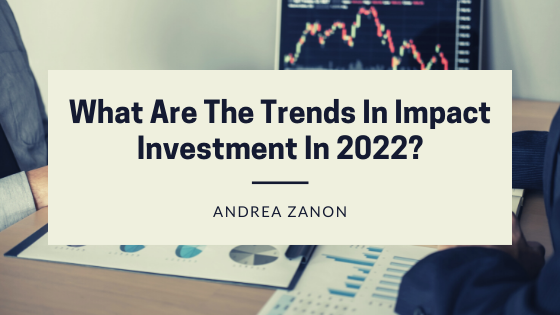Impact investing involves investing capital into companies that strive to improve environmental, social, or governmental (ESG) practices. While the investors want to grow their wealth, they also aim to improve their communities and create a better world. They normally also have a longer-term return approach, known also as patient investors. Recent data shows that sustainable investments offer competitive performance, and corporate value growth. This seems to be attracting considerable investor interest and we anticipate this trend to accelerate pushed by the climate crisis momentum.
Greater Focus on Climate
As more companies pledge to achieve net-zero carbon emissions over the next 5 to 10 years, impact investors will take a greater interest in those companies as they promise higher returns going forward. In terms of contributing to mitigation of climate impacts, companies are striving to reduce damaging practices while adopting streamlined actions that can reverse some of the most severe damage already done. Most companies will also move towards better climate reporting and scoring in order not only to comply with regulations, but also be able to market their “green/sustainable practices”. In 2020, impact investment amounted to $740 billion, and by the end of 2021 Q1, sustainable assets totaled nearly $266 billion in the US alone. According to Bloomberg, global ESG assets will exceed $53 trillion by 2025, a large chunk of which will fall under impact investment.
There Will Be More Partnerships
Public Private Partnership (PPP) will become the norm as stakeholder capitalism becomes a reality. Already, nonprofit organizations and global foundations have started partnering with the capital markets and with businesses to create awareness, inclusiveness and better climate practices in their communities. While this has been impactful, foundations and corporations are ramping up their efforts to get investors involved and thus scale up their impacts. When impact investors are involved and become more active stakeholders, net-zero carbon emissions targets become more viable and better communities are developed.
Improved Standardization
Initially, impact investing was just an unspoken practice that a growing number of investors pursued. As it gained momentum and more companies paid attention to it, they embraced the idea that investors sought companies that were driven to improve ESG practices. Now that impact investing has become more mainstream, investing analysts predict there will be more standardization of this practice. Companies that address ESG issues and investors seeking out those companies will find connecting easier as more formal processes are implemented.
Becoming an impact investor is more complex than you may think since it requires conducting research on two fronts. While you will still have to research the strength of a company as an investment, you will also have to research how that company pursues ESG practices. If you’re willing to put in the time and due diligence, impact investing can be personally and financially rewarding.
